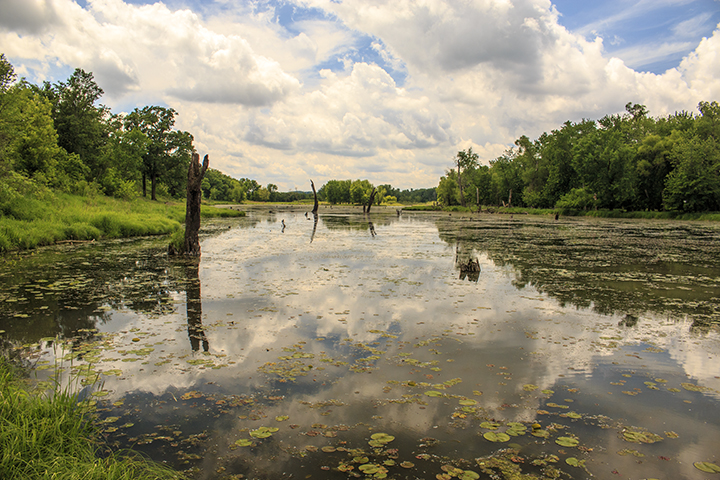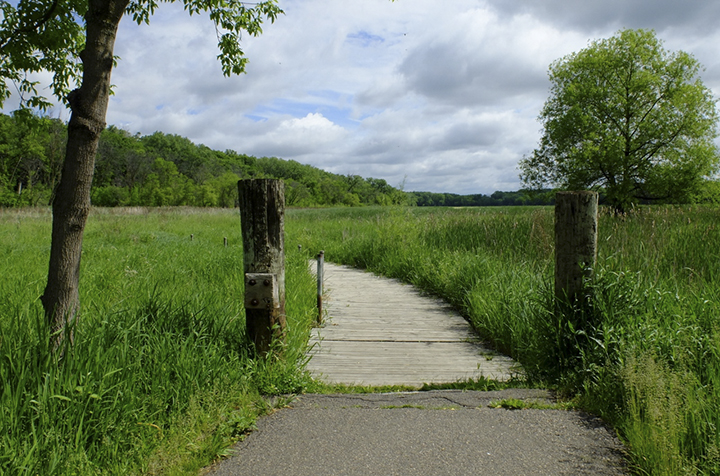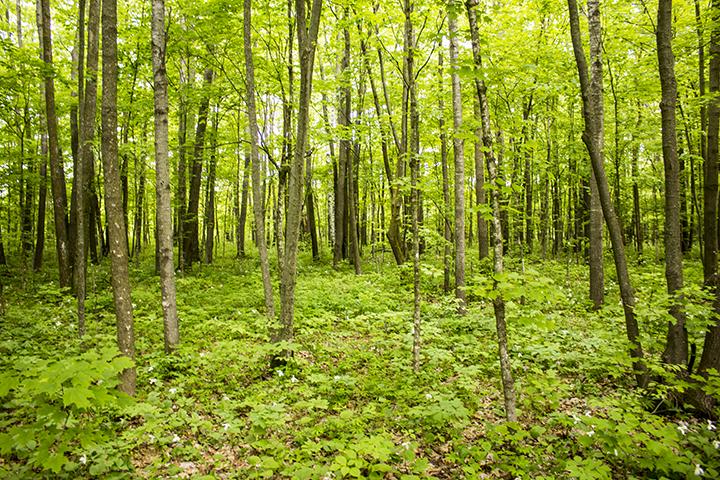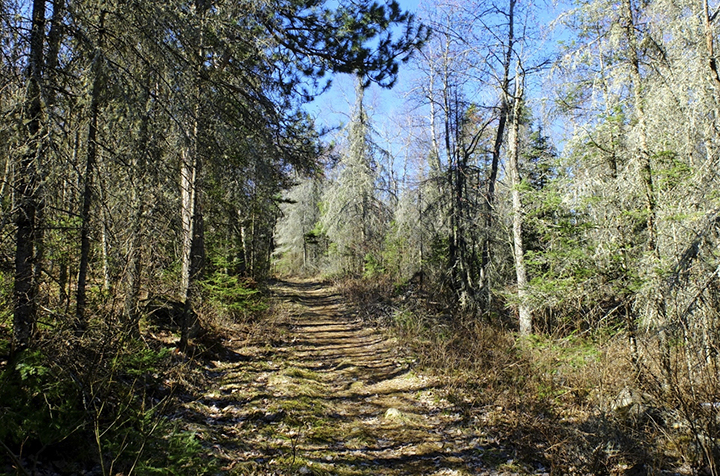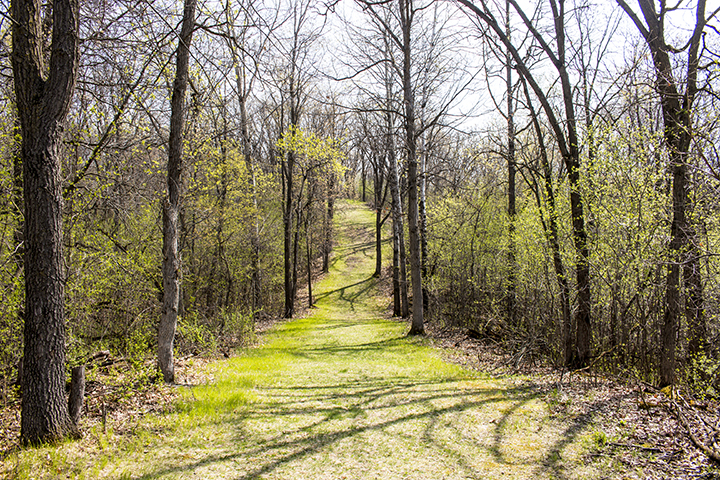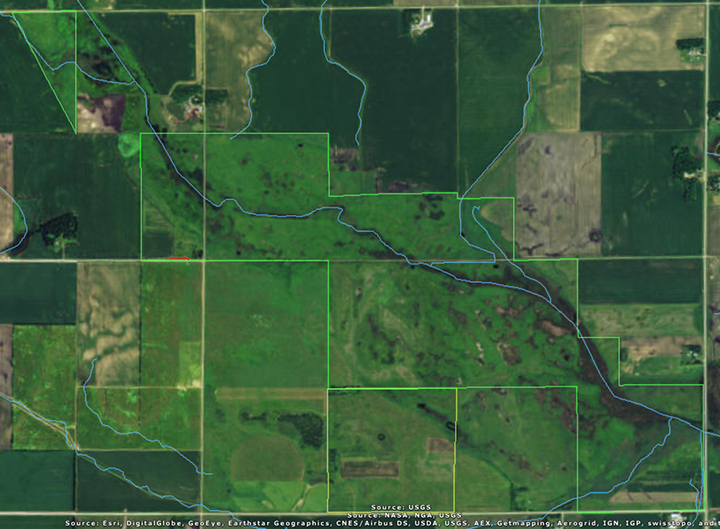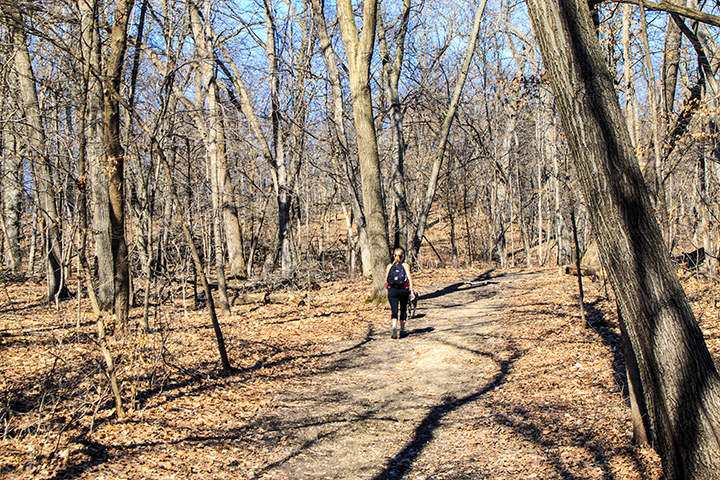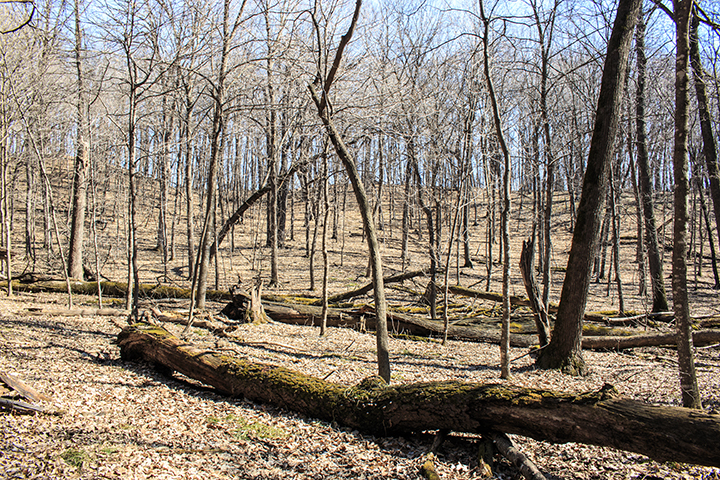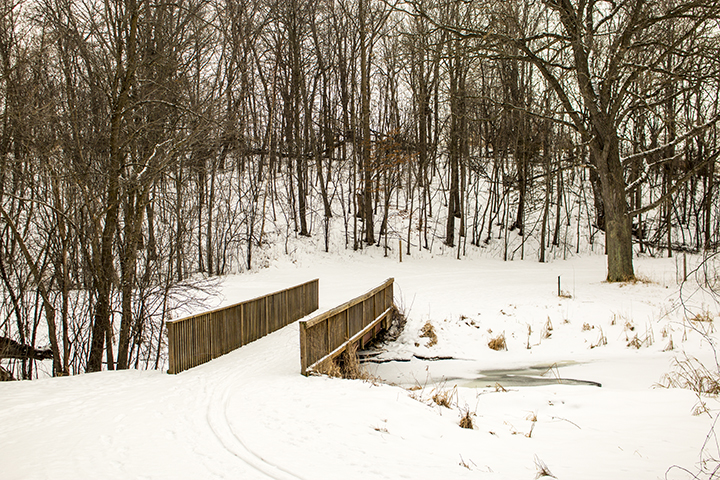Carpenter St. Croix Valley Nature Center is a 725-acre private preserve spanning both sides of the St. Croix River. It is free and open to the public. The 425-acre Minnesota “Campus” is in Washington County just northeast of Hastings. The Visitor Center has a number of live animals on display, including a Bald Eagle and a Peregrine Falcon. A number of non-native trees and shrubs around the Visitor Center and parking area will challenge the identification skills of any visiting plant enthusiast.
The Minnesota Campus includes areas of grassland, oak savanna, red pine plantation, deciduous forest, and wetland. It also includes three native plant communities. On the east side of St. Croix Trail (County Hwy. 21) there are 5.6 miles of trail, 3.5 miles of them paved, leading across river bluffs, into deep forested ravines, and through floodplain forest bordering the St. Croix River. On the west side of the road about 4 miles of mowed trail wind through a 150-acre restored prairie.
http://minnesotaseasons.com/Destinations/Carpenter_Nature_Center.html


